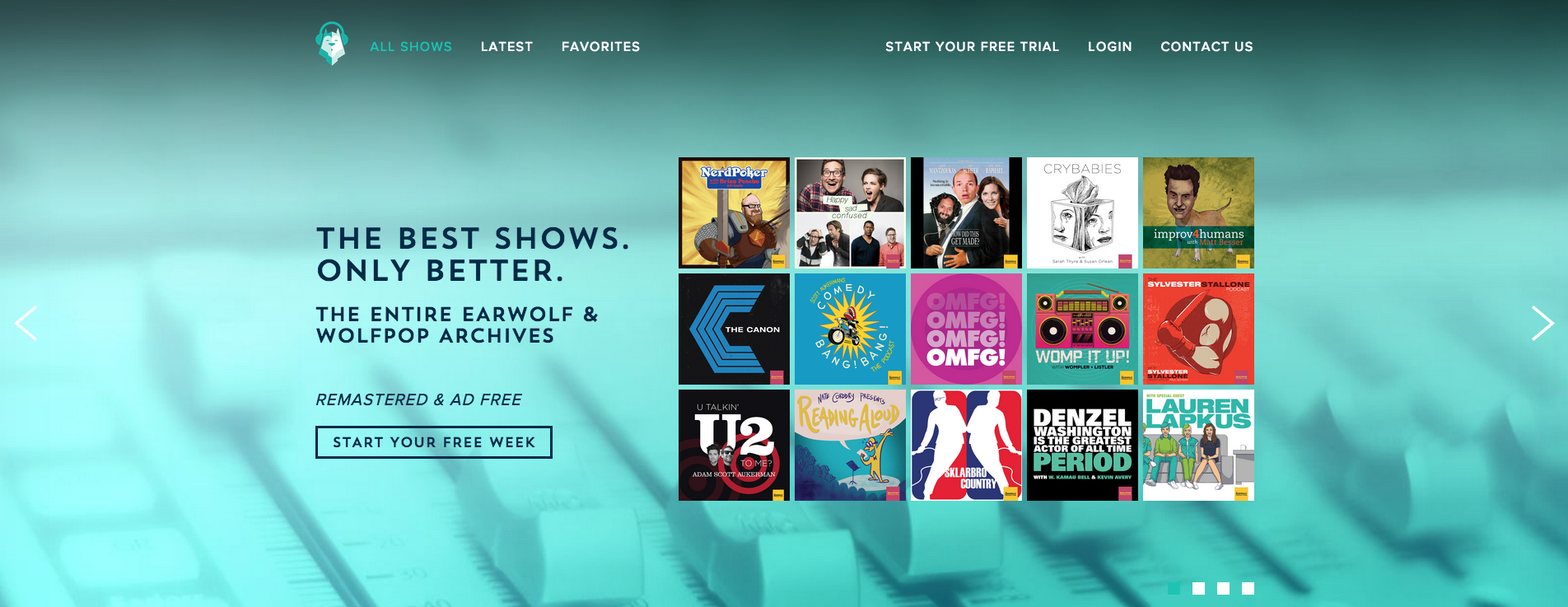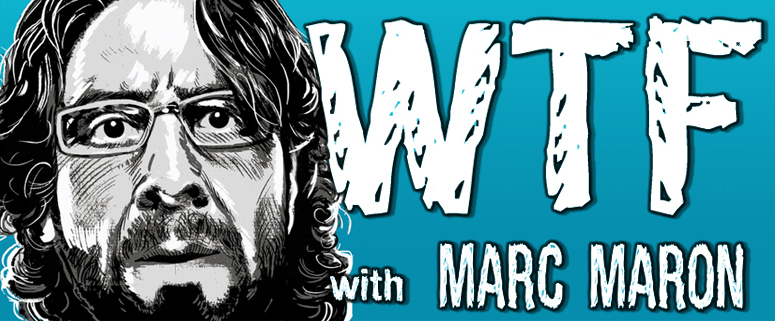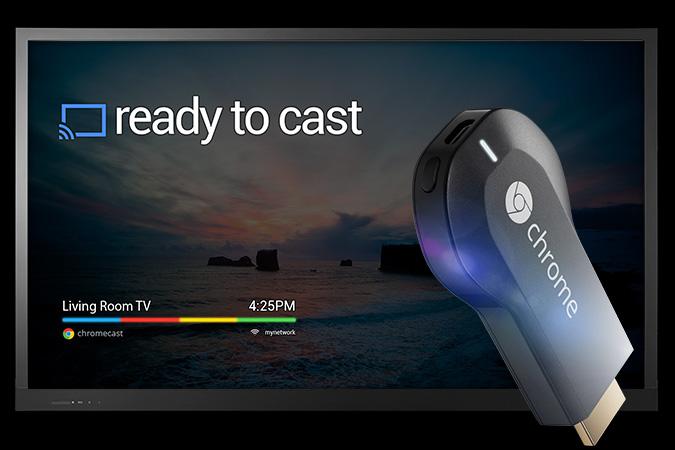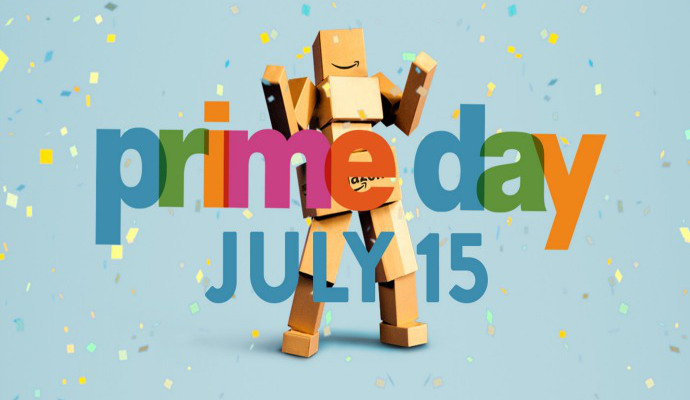Google+ has been suffering from what many tech blogs and business publications are calling a “slow death”—its initial launch established the site as an attempt to be a fully-integrated social platform, with its multifaceted approach rivaling companies like Facebook, Dropbox, WordPress, and Skype.
However, after failing to gain both traction and users in the social media community, it recently announced that it will be splitting the platform into three different components: Hangouts, Photos, and Streams. Hangouts is a video chatting service that will remain independent of Google+, photos is a storage space for images that will be added to Google Drive, and streams covers the rest of the Google+ experience along with News and Blogger.
While the idea of a streamlined, all-in-one social media platform sounded like a good idea, perhaps it was the ambition of the venture that led to its demise; users considered the Google+ login to YouTube a nuisance, found the interface unaesthetic, and the whole system a cheap Facebook facsimile.
Google has finally compromised, maintaining the best aspects of Google+ like Hangouts and Photos, and has removed the Google+ sign-in on YouTube, much to users’ delight.
The moral of the story: Don’t put all of your digital marketing eggs in one basket, especially if your product is at risk of being disruptive—and not in the good way.
What Sparks Our Fire: Google+ taking the next step forward and making smart decisions in the face of a highly-publicized technological failure.







